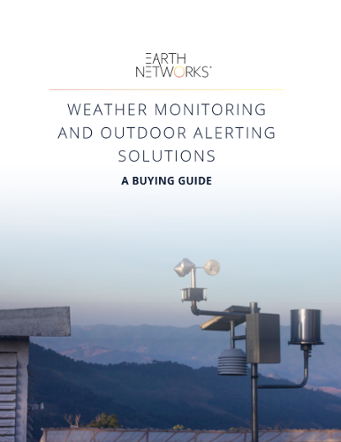Keeping Animals Warm in Winter: A Safety Guide
- Jan 23, 2018

Keeping animals warm in winter isn’t an easy task. When the winds start howling and the snow starts falling, farm animal safety becomes harder to maintain. Livestock like cows, sheep, and pigs struggle to stay alive during the frigid winter months. As a farmer, it’s your job to lessen that burden and ensure they survive – Not only for the good of the animals but for the good of your operation as well.
Winter farm animal safety takes a lot of focus on your part. Luckily, there is a plethora of technology and scientific advice to help you keep your livestock safe and warm. Keep reading to make sure you’re doing the top three things for keeping animals warm in winter.
1. Adequate Shelters

The most obvious way to keep animals warm and dry during the winter is to provide them with adequate shelters and technology. While a drafty barn may be welcomed in the stifling heat of summer, it can be a death sentence for animals in the winter.
There are a lot of different options when it comes to livestock shelters for the winter. Permanent and portable windbreaks are an option for keeping livestock out of the wind. Barn heaters are another piece of technology that will protect livestock from the cold. It’s important to remember, however, that too much supplemental heat can be bad for certain animals’ overall health. It’s important to know your livestock and how resistant each species is to the cold.
This, of course, varies by the number of animals you have and the type. For example, it’s not practical to shut large herds of beef cattle into a barn all winter long. However, if temperatures drop below 30-35 F, it’s a good idea to use livestock heaters sparingly. Smaller animals, like chickens and rabbits need slightly more heat.
2. Food & Water

A factor that is just as important as adequate shelter is the right amount of food and water. According to the Colorado State University extension, providing accessible and abundant feed will help livestock maintain their temperature. It also helps to feed at night because body heat from digesting food peaks a few hours after eating. This will keep them warm throughout the evening. It’s also important for livestock to have access to minerals like salt. Salt blocks are best for horses and cattle while salt crumbles are best for sheep and goats.
Animals in winter, much like humans, have a harder time staying hydrated than any other season. As animals burn extra calories to stay warm, their sense of thirst decreases. What’s more is that they don’t want to drink water that has ice in it. It’s your job as a farmer to keep water troughs free of ice and your animals hydrated. You can do this in a number of different ways, but we suggest simple insulation on water buckets, bucket heaters, automatic waterers, and water circulators. Animals that are properly fed and hydrated throughout the winter are more likely to stay warm and survive without any health issues.
3. Manage Mud

While most people typically don’t think of mud when they think of winter weather conditions, you know it can be a big problem on your property. This is especially true if you live in an area that gets multiple thaws throughout the winter. Keeping animals warm in winter has a lot to do with keeping them away from mud.
When your four-legged friends must deal with inches of chilly mud, they are at risk for diseases like foot rot and thrush. Not only that, but mud is the perfect environment for livestock you never wanted to raise: Parasites. According to the Oregon State University’s Small Farms Program, mud management and planning on behalf of farmers can significantly reduce animal health impacts. This involves knowing exactly when those mid-winter thaws are coming. A lot of agriculture operations are turning towards installing their very own weather stations on their properties to get a more accurate forecast.
Elemental Livestock Safety Year Round
Livestock safety isn’t just a concern for the cold winter months. Thinking about weather alone, there are dozens of different severe conditions that can compromise, endanger, or even kill your livestock. Just look at the news. Just a few years ago, a single lightning strike wiped out over 300 reindeer in Norway. In addition to a farm weather station, a weather alerting system is also a great safety precaution to have to ensure operational, financial, and livestock risks are at a minimum. You can learn more about the best types of warning systems with our free buying guide below.

How do you keep your livestock warm and healthy during the winter months? Let us know in the comments section below.




